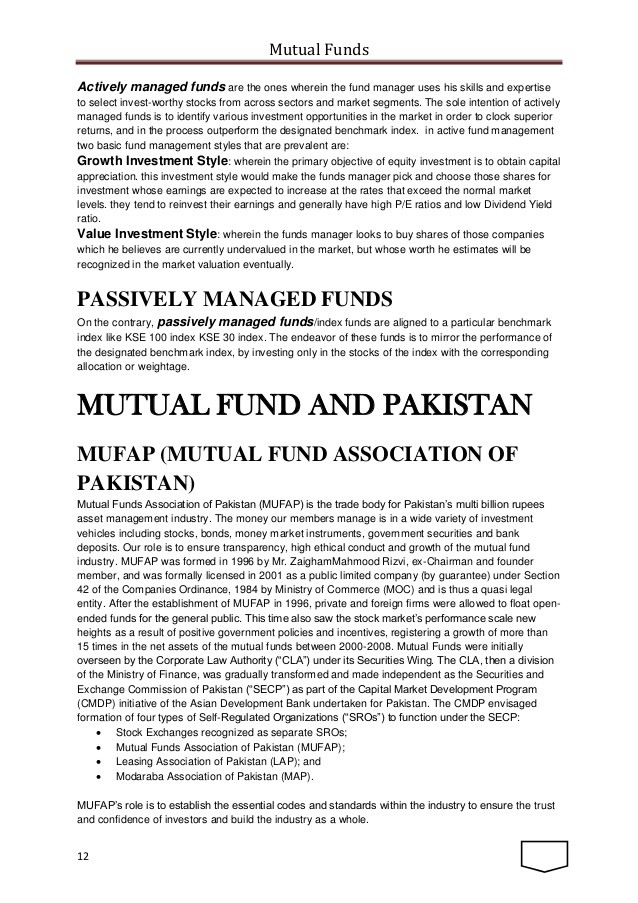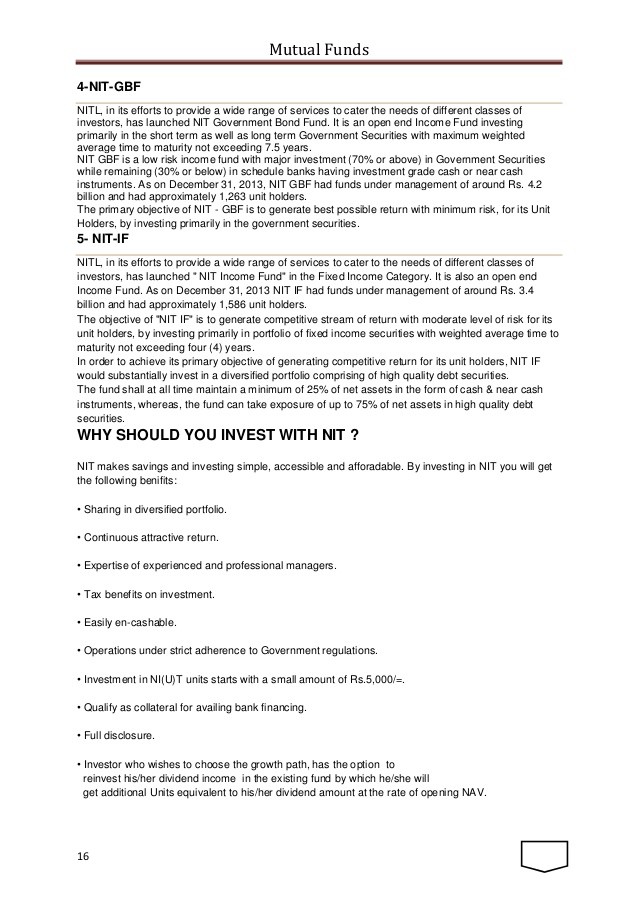Russell Investment Grade Bond Fund performance Mutual Funds Individual Investing
Post on: 19 Апрель, 2015 No Comment

More fund information
The yield more closely reflects the current earnings of the fund than the total return of the fund; yields will vary.
1 The fund’s current yield for the 30-day period ending 01/31/2015.
2 The yield shown is what the yield would have been without the current fee waivers and expense reimbursements (unsubsidized).
Growth of $10,000 (Since Inception)
As of 12/31/2014
The fund first issued class S shares on October 22, 2007. The returns shown for class S shares prior to that date are the returns of the fund’s class I shares.
Performance information is historical and does not guarantee future results. Investment return and principal value will fluctuate so that redeemed shares may be worth more or less than their original cost. Current performance may be lower or higher than the performance data quoted. Current to the most recent month-end performance for Russell mutual funds is available by visiting: www.russell.com/us/fundperformance.
The fund offers other classes of shares with higher fees and expenses. These other classes may charge up to a 0.25% shareholder servicing fee which will result in a higher expense ratio and lower performance than that shown above. For a full description of other available classes, please see the prospectus.
Fund objectives, risks, charges and expenses should be carefully considered before investing. A summary prospectus, if available, or a prospectus containing this and other important information can be obtained by calling 800-787-7354 or by visiting the prospectus and reports page to download one. Please read the prospectus carefully before investing.
Use of currency trading strategies may adversely impact a Fund’s ability to meet its investment objective of seeking to provide current income.
Please remember that all investments carry some level of risk, including the potential loss of principal invested. They do not typically grow at an even rate of return and may experience negative growth. As with any type of portfolio structuring, attempting to reduce risk and increase return could, at certain times, unintentionally reduce returns.
Bond investors should carefully consider risks such as interest rate, credit, default and duration risks. Greater risk, such as increased volatility, limited liquidity, prepayment, non-payment and increased default risk, is inherent in portfolios that invest in high yield (junk) bonds or mortgage-backed securities, especially mortgage-backed securities with exposure to sub-prime mortgages. Generally, when interest rates rise, prices of fixed income securities fall. Interest rates in the United States are at, or near, historic lows, which may increase a Fund’s exposure to risks associated with rising rates. Investment in non-U.S. and emerging market securities is subject to the risk of currency fluctuations and to economic and political risks associated with such foreign countries.
The Fund may invest in derivatives, including futures, options, forwards and swaps. Investments in derivatives may cause the Fund’s losses to be greater than if it invests only in conventional securities and can cause the Fund to be more volatile. Derivatives involve risks different from, or possibly greater than, the risks associated with other investments. The Fund’s use of derivatives may cause the Fund’s investment returns to be impacted by the performance of securities the Fund does not own and result in the Fund’s total investment exposure exceeding the value of its portfolio.
For periods prior to April 1, 1995, fund performance results are reported gross of fund advisory and administrative fees. For periods thereafter, performance results are reported net of investment advisory and administrative fees, but gross of financial intermediary fees. Had these fees been reflected, the fund’s performance would have been negatively affected (lower).
Diversification and strategic asset allocation do not assure profit or protect against loss in declining markets.

For more information on Russell Funds, contact your investment professional or plan administrator for assistance.
Russell Investments is a trade name and registered trademark of Frank Russell Company, a Washington USA corporation, which operates through subsidiaries worldwide and is part of the London Stock Exchange Group.
The Russell logo is a trademark and service mark of Russell Investments.
Securities products and services offered through Russell Financial Services, Inc. member FINRA, part of Russell Investments.
For information on the Financial Industry Regulatory Authority, go to www.finra.org.
First used January 2010
Revised: March 2014
RFS 12174
Nothing contained in this material is intended to constitute legal, tax, securities, or investment advice, nor an opinion regarding the appropriateness of any investment, nor a solicitation of any type. The general information contained in this publication should not be acted upon without obtaining specific legal, tax, and investment advice from a licensed professional.














